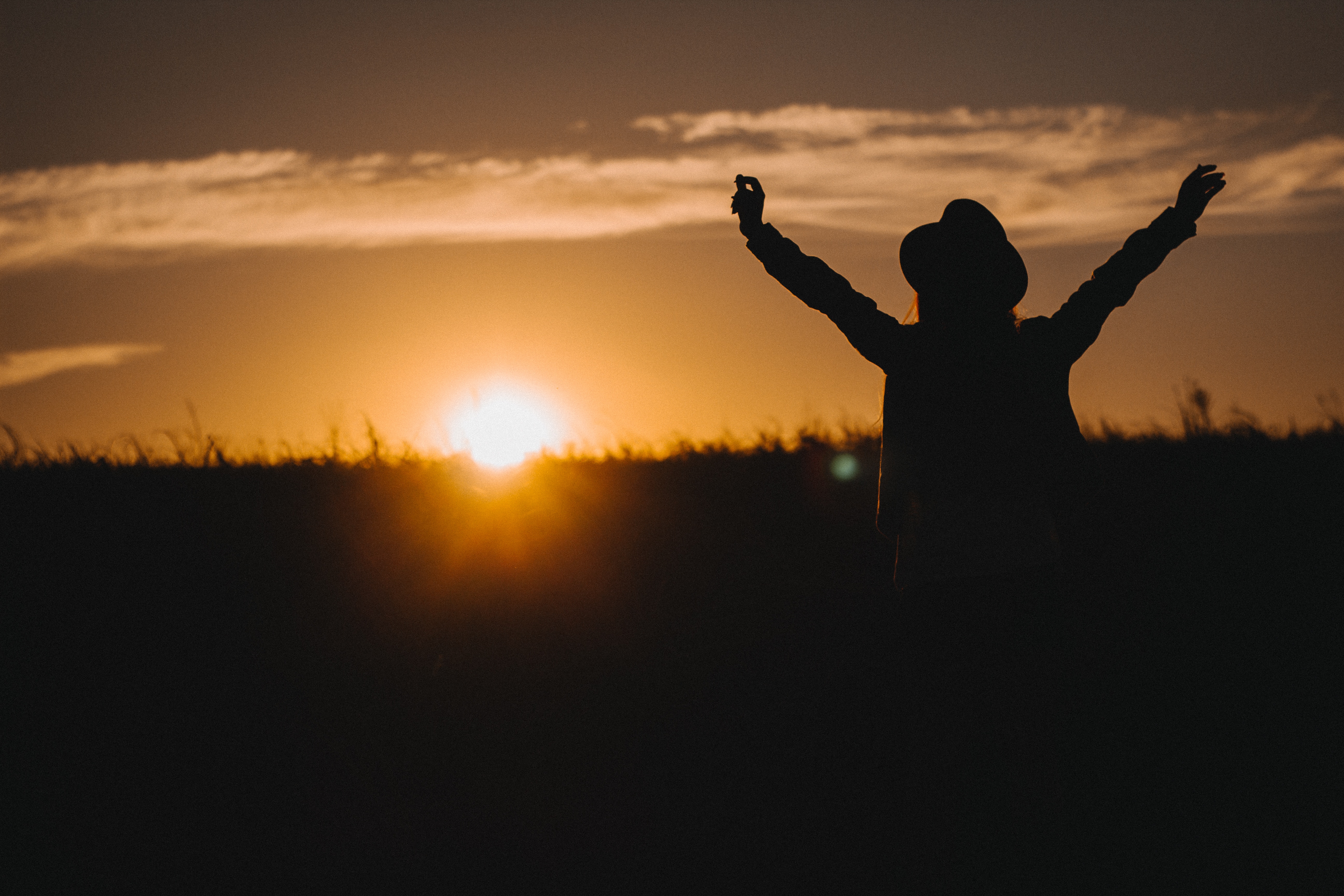Best Car Stereo Brand: A Comprehensive Guide to Elevating Your In-Car Audio Experience
Best Car Stereo Brand: A Comprehensive Guide to Elevating Your In-Car Audio Experience cars.truckstrend.com
The humble car stereo, once a simple device for playing radio and CDs, has evolved into a sophisticated command center for entertainment, navigation, and connectivity. For many, the factory-installed unit simply doesn’t cut it, leaving them yearning for richer sound, more features, and seamless smartphone integration. This desire often leads to the crucial question: "What is the best car stereo brand?"
Defining the "best" car stereo brand isn’t a one-size-fits-all answer. It’s a nuanced decision influenced by individual needs, budget, vehicle compatibility, and desired features. However, certain brands consistently rise to the top, known for their innovation, sound quality, reliability, and user experience. This comprehensive guide will delve into what makes a car stereo brand stand out, highlight the industry’s leading contenders, and equip you with the knowledge to make an informed choice that transforms your daily commute into an enjoyable auditory journey.
Best Car Stereo Brand: A Comprehensive Guide to Elevating Your In-Car Audio Experience
Factors to Consider When Choosing a Car Stereo Brand
Before diving into specific brands, it’s essential to understand the criteria that define a high-quality car stereo. Evaluating these factors will help you align your personal priorities with a brand’s strengths.
- Sound Quality: This is paramount. Look for brands known for clean pre-amp outputs (low noise floor), high-quality Digital-to-Analog Converters (DACs), robust internal amplifiers, and advanced sound processing features like sophisticated equalizers (EQ), time alignment, and crossover settings. Audiophiles will prioritize brands that offer high-resolution audio support.
- Features and Connectivity:
- Smartphone Integration: Apple CarPlay and Android Auto are almost indispensable for modern drivers, offering safe and intuitive access to navigation, music, messages, and calls.
- Bluetooth: Essential for hands-free calling and wireless audio streaming.
- USB/AUX Inputs: For wired device connection and charging.
- Pre-outs: Multiple sets of high-voltage pre-outs (e.g., 2V, 4V, 5V) are crucial if you plan to add external amplifiers for speakers or subwoofers.
- Radio Tuner: AM/FM, HD Radio, Satellite Radio (SiriusXM Ready).
- Media Playback: CD/DVD, USB, SD card, or purely digital (mechless units).
- Navigation: Built-in GPS or relying on smartphone integration.


- User Interface (UI) and Ergonomics: A well-designed UI is intuitive, responsive, and easy to navigate while driving. Consider touchscreen responsiveness, button layout, display clarity, and customization options for colors and themes.
- Reliability and Durability: A car stereo operates in varying temperatures and vibrations. Brands with a strong reputation for build quality and rigorous testing are more likely to offer long-lasting performance. Check warranty policies.
- Vehicle Compatibility: Not all stereos fit all cars. Consider your car’s dash opening (Single DIN vs. Double DIN), steering wheel control compatibility, and potential integration with factory systems (e.g., climate control, backup cameras).
- Price Point: Car stereos range from budget-friendly options to high-end audiophile units. Determine your budget upfront and seek the best value within that range. Remember that sometimes investing a little more upfront can yield significantly better features and longevity.
- Customer Support and Community: A brand with good customer service and an active online community can be invaluable for troubleshooting, finding accessories, and getting installation advice.

Top Car Stereo Brands: Industry Leaders and Their Strengths
While "best" is subjective, several brands consistently lead the market due to their innovation, quality, and wide range of offerings.
-
Pioneer: Often considered the industry benchmark, Pioneer is renowned for its excellent sound quality, robust feature sets, and user-friendly interfaces. They offer a vast array of products, from entry-level single DIN units to advanced double DIN multimedia receivers with cutting-edge smartphone integration (CarPlay/Android Auto) and high-resolution audio support. Pioneer’s "NEX" series is particularly popular for its advanced connectivity and premium features.
- Strengths: Excellent sound processing, reliable, feature-packed, intuitive UI, wide product range.
- Ideal for: Most users seeking a balance of quality, features, and value.
-
Kenwood: A strong competitor to Pioneer, Kenwood is known for its solid performance, comprehensive feature sets, and often competitive pricing. They excel in navigation units and multimedia receivers, frequently incorporating advanced DSP (Digital Signal Processing) features for superior sound tuning. Kenwood’s "Excelon" line represents their premium offerings, boasting higher quality components and extended warranties.
- Strengths: Strong navigation integration, good sound quality, reliable, competitive pricing, robust features.
- Ideal for: Users prioritizing navigation, advanced features, and good value.
-
Sony: Sony brings its expertise in consumer electronics to the car audio world, offering stereos known for their sleek designs, vibrant displays, and user-friendly interfaces. Their units often integrate seamlessly with other Sony devices and are increasingly focusing on high-resolution audio playback and shallow-mount designs for easier installation in tighter spaces.
- Strengths: Stylish design, excellent displays, user-friendly, good high-res audio support, reliable.
- Ideal for: Users valuing aesthetics, ease of use, and integration with digital media.
-
Alpine: For the serious audiophile, Alpine often stands out. They are known for their unwavering commitment to sound quality, featuring high-grade internal components, advanced sound tuning capabilities (like built-in time correction and extensive equalizers), and powerful pre-amp outputs. While often at a higher price point, Alpine units deliver an immersive and detailed audio experience. They also offer unique solutions like "Halo" displays that appear to float in front of the dash.
- Strengths: Superior sound quality, audiophile-grade components, advanced sound tuning, innovative designs.
- Ideal for: Audiophiles and enthusiasts willing to invest in premium sound.
-
JVC: JVC often provides a compelling balance of features, performance, and affordability. They share some technology with Kenwood (both are part of JVCKenwood), offering reliable units with solid sound quality and modern connectivity options, including Apple CarPlay and Android Auto. JVC is a great choice for those seeking a modern upgrade without breaking the bank.
- Strengths: Good value, reliable, modern features, competitive pricing.
- Ideal for: Budget-conscious buyers seeking good features and performance.
-
Clarion: While perhaps less ubiquitous in mainstream retail than the others, Clarion has a long-standing reputation, particularly in marine audio, for durability and robust performance. Their car stereos are known for solid build quality and reliable operation, often with good sound output.
- Strengths: Durability, reliability, good sound.
- Ideal for: Users prioritizing long-term reliability and robust construction.
Types of Car Stereos
Understanding the different form factors is crucial for compatibility with your vehicle.
- Single DIN (2 inches tall x 7 inches wide): The traditional size. These often have a more minimalist look, sometimes with a small display and physical buttons. Some single DIN units can have flip-out touchscreens.
- Double DIN (4 inches tall x 7 inches wide): Twice the height of a single DIN, these are ideal for large touchscreens, which are necessary for Apple CarPlay/Android Auto, navigation, and video playback. Most modern cars accommodate double DIN units.
- Digital Media Receivers (Mechless Units): These units lack a CD/DVD player, focusing solely on digital inputs like USB, Bluetooth streaming, and AUX. They are often shallower, making them easier to install in cars with limited dash depth.
- Navigation Units: Stereos with built-in GPS navigation. While increasingly supplanted by smartphone integration, some users prefer a dedicated, offline navigation system.
Key Features to Look For (Detailed)
- Apple CarPlay & Android Auto: These are game-changers. They mirror your smartphone’s essential apps (navigation, music, messaging, calls) onto the stereo’s screen, optimized for safe in-car use.
- Bluetooth: For wireless audio streaming from your phone and hands-free calling. Look for models with Bluetooth 5.0 for improved stability and sound quality.
- USB Input: For playing music from flash drives, connecting smartphones, and charging devices. Some units have multiple USB ports.
- AUX Input: A simple 3.5mm jack for connecting any audio device with a headphone output.
- Pre-amp Outputs (Pre-outs): These are low-level audio outputs designed to connect to external amplifiers. The more pre-outs (front, rear, subwoofer) and the higher their voltage (e.g., 4V or 5V), the cleaner and stronger the signal sent to your amps, resulting in better sound.
- Equalizer (EQ) and Sound Processing: Basic EQs allow you to adjust bass, mid, and treble. More advanced units offer multi-band parametric EQs, time alignment (to ensure sound from all speakers reaches you at the same time), and high-pass/low-pass filters (crossovers) for speaker and subwoofer optimization.
- High-Resolution Audio Support: For audiophiles, this means the stereo can play lossless audio files (FLAC, WAV, DSD) at higher sampling rates than standard CDs, offering superior fidelity.
- Steering Wheel Control Compatibility: Allows you to retain the use of your car’s factory steering wheel audio controls (requires an additional adapter, often sold separately).
- Display Quality: For touchscreen units, consider resolution, brightness, anti-glare properties, and viewing angles.
Installation Considerations: DIY vs. Professional
- DIY: Can save money and be a rewarding project for the mechanically inclined. Requires purchasing specific wiring harnesses, dash kits, and potentially a steering wheel control adapter. Online resources and forums are invaluable.
- Professional Installation: Ensures correct wiring, proper fit, and seamless integration with your vehicle’s existing systems. Recommended if you’re unsure, dealing with complex wiring, or want to avoid potential damage. Many car audio retailers offer installation services.
Budgeting for Your Car Stereo Upgrade
Remember that the head unit is just one component of your car audio system. While a new head unit will improve sound quality, it might not fully realize its potential without upgraded speakers and potentially an external amplifier or subwoofer.
- Entry-Level (Under $200): Basic single DIN units with Bluetooth, USB, and decent sound.
- Mid-Range ($200-$500): Double DIN touchscreen units with Apple CarPlay/Android Auto, more advanced EQs, and better pre-amp outputs.
- High-End ($500+): Premium units with advanced sound processing, high-resolution audio support, larger screens, wireless CarPlay/Android Auto, and top-tier components.
Factor in the cost of installation accessories (dash kit, wiring harness, antenna adapter, steering wheel control interface), which can add $50-$200+.
Tips for Maximizing Your Car Audio Experience
- Don’t Stop at the Head Unit: While a new stereo is a great start, consider upgrading your speakers. Even the best head unit can only sound as good as the speakers it’s driving.
- Consider Amplification: An external amplifier will provide more power and cleaner signal to your speakers, dramatically improving dynamics and clarity.
- Add a Subwoofer: For powerful, deep bass that your main speakers can’t reproduce.
- Sound Deadening: Applying sound deadening material to your doors and trunk can reduce road noise and prevent vibrations, allowing your speakers to perform better and the cabin to be quieter.
- Professional Tuning: For advanced systems, professional tuning using specialized equipment can optimize your soundstage, imaging, and overall audio quality.
Common Challenges and Solutions
- Compatibility Issues: Modern cars use complex CAN-bus systems. Ensure your chosen stereo and integration accessories are compatible with your specific vehicle year, make, and model. Consult Crutchfield’s vehicle selector or a professional installer.
- Loss of Factory Features: Some factory features (e.g., climate control on the screen, backup camera integration) might be lost or require specific adapters with an aftermarket stereo. Research thoroughly.
- Subpar Sound After Upgrade: If you only replace the head unit but keep factory speakers, you might not get the dramatic improvement you expect. The factory speakers are often the weakest link. Solution: Upgrade speakers, add an amplifier.
- Installation Complexity: Modern car interiors can be tricky. Don’t force components. If unsure, seek professional help.
Price Table: Illustrative Examples by Brand and Type
Below is an illustrative table showcasing typical price ranges for different types of car stereos from leading brands. Please note that actual prices can vary significantly based on specific model, features, retailer, sales, and geographical location. These are general estimates to give you an idea.
| Brand | Type of Head Unit | Key Features (Examples) | Typical Price Range (USD) |
|---|---|---|---|
| Pioneer | Single DIN Digital Media | Bluetooth, USB, FLAC Playback, 13-band EQ | $100 – $250 |
| Double DIN Touchscreen | Apple CarPlay/Android Auto (Wired/Wireless), Bluetooth, USB, HD Radio, Multiple Pre-outs | $350 – $900+ | |
| Kenwood | Single DIN CD Receiver | Bluetooth, USB, CD Player, Variable Color Illumination, Basic EQ | $90 – $220 |
| Double DIN Multimedia | Apple CarPlay/Android Auto, Bluetooth, USB, Advanced DSP, High-Voltage Pre-outs | $300 – $850+ | |
| Sony | Single DIN Digital Media | Bluetooth, USB, Shallow Chassis, High-Power Internal Amp | $120 – $280 |
| Double DIN Touchscreen | Apple CarPlay/Android Auto, High-Res Audio Support, Sleek UI, Shallow Mount | $400 – $800+ | |
| Alpine | Single DIN Audiophile | Bluetooth, USB, Advanced Sound Tuning (Time Correction), High-Voltage Pre-outs | $300 – $600 |
| Double DIN Large Screen | Premium Sound Components, Wireless CarPlay/Android Auto, Advanced DSP, "Halo" Design | $700 – $1500+ | |
| JVC | Single DIN CD/USB | Bluetooth, USB, CD Player, Basic EQ, Remote App Compatibility | $80 – $200 |
| Double DIN Touchscreen | Apple CarPlay/Android Auto, Bluetooth, USB, Good Value, Reliable | $250 – $550 |
Disclaimer: Prices are approximate and subject to change. Specific model features and retail promotions will affect final pricing.
Frequently Asked Questions (FAQ)
Q1: What’s the main difference between Single DIN and Double DIN?
A1: Single DIN units are 2 inches tall, while Double DIN units are 4 inches tall. Double DIN units typically accommodate larger touchscreens necessary for features like Apple CarPlay and Android Auto, while Single DIN units are more traditional with smaller displays or flip-out screens.
Q2: Do I really need Apple CarPlay or Android Auto?
A2: While not strictly "needed," they significantly enhance the driving experience. They safely integrate your smartphone’s navigation, music, messaging, and call functions onto the stereo’s screen, minimizing distractions and offering a much more modern and intuitive interface than basic Bluetooth connections.
Q3: Can I install a new car stereo myself?
A3: Yes, if you have basic DIY skills, the right tools, and are comfortable with wiring. You’ll need a wiring harness, a dash kit, and potentially a steering wheel control adapter specific to your vehicle. Many online resources and videos can guide you. If you’re unsure, professional installation is recommended.
Q4: Will a new stereo improve sound quality even with my old factory speakers?
A4: Yes, to some extent. A new aftermarket stereo typically has a cleaner internal amplifier, better Digital-to-Analog Converters (DACs), and more advanced sound processing (EQ, crossovers) than a factory unit. This will result in clearer, more dynamic sound. However, to truly unlock the potential of a good stereo, upgrading your speakers is often the next logical step.
Q5: What are "pre-outs" and why are they important?
A5: Pre-outs (pre-amplifier outputs) are low-level audio outputs designed to connect to external amplifiers. They send a clean, unamplified signal to your amps, which then power your speakers or subwoofer. The more pre-outs (e.g., front, rear, subwoofer) and the higher their voltage (e.g., 4V or 5V), the better the signal quality, leading to superior sound from your aftermarket amplifiers.
Q6: Is a higher wattage stereo always better?
A6: Not necessarily. The wattage advertised for internal amplifiers on head units is usually peak power, not RMS (Root Mean Square) continuous power. More importantly, the quality of the internal amplifier and the clean signal from the pre-outs matter more. For serious power and sound quality, an external amplifier will always outperform a head unit’s internal amp.
Q7: How much should I budget for a "best" car stereo system?
A7: A basic upgrade (head unit only) can start from $200-$500 (including accessories). A mid-range system with a good head unit, upgraded speakers, and possibly a small amplifier could be $500-$1000. A high-end audiophile system with multiple amplifiers, premium speakers, and a subwoofer can easily range from $1500 to several thousand dollars.
Conclusion
Choosing the "best car stereo brand" is a journey of discovery, balancing personal preferences with technical capabilities. Pioneer, Kenwood, Sony, Alpine, and JVC consistently prove their worth through a combination of innovation, sound quality, reliability, and user-centric design. By understanding the key factors to consider, the types of units available, and the features that matter most to you, you can confidently select a brand and model that not only fits your vehicle and budget but also transforms your driving experience into an auditory delight. Whether you’re a casual listener or a dedicated audiophile, the right car stereo can make every mile more enjoyable.




